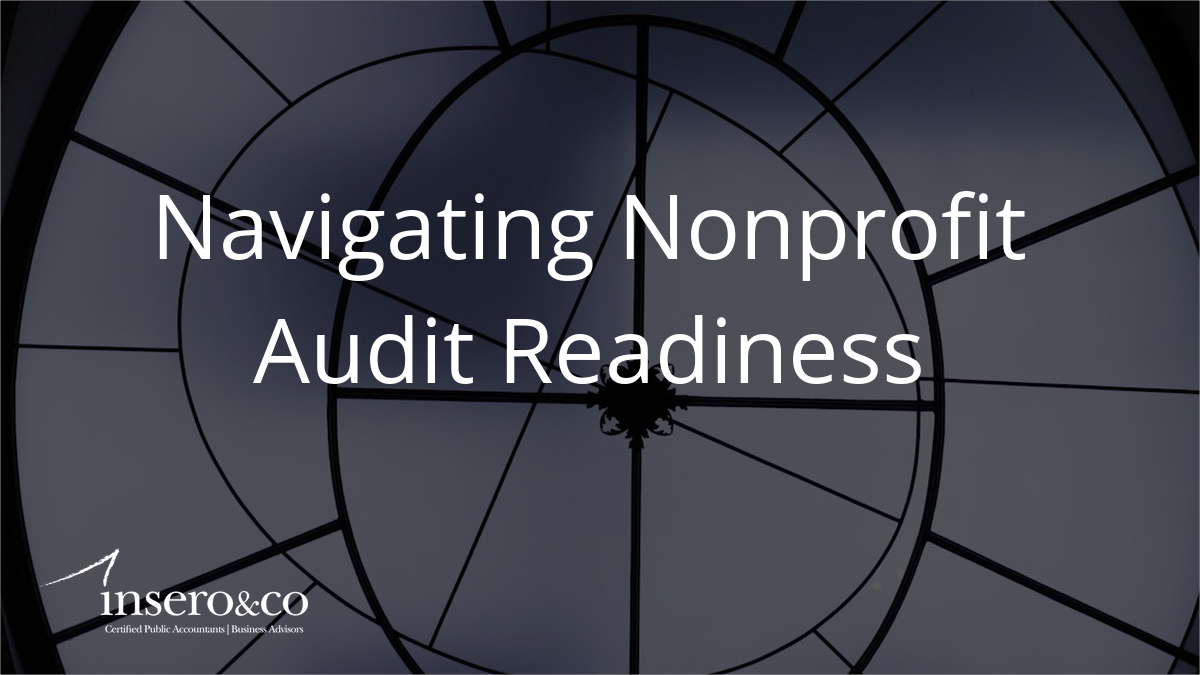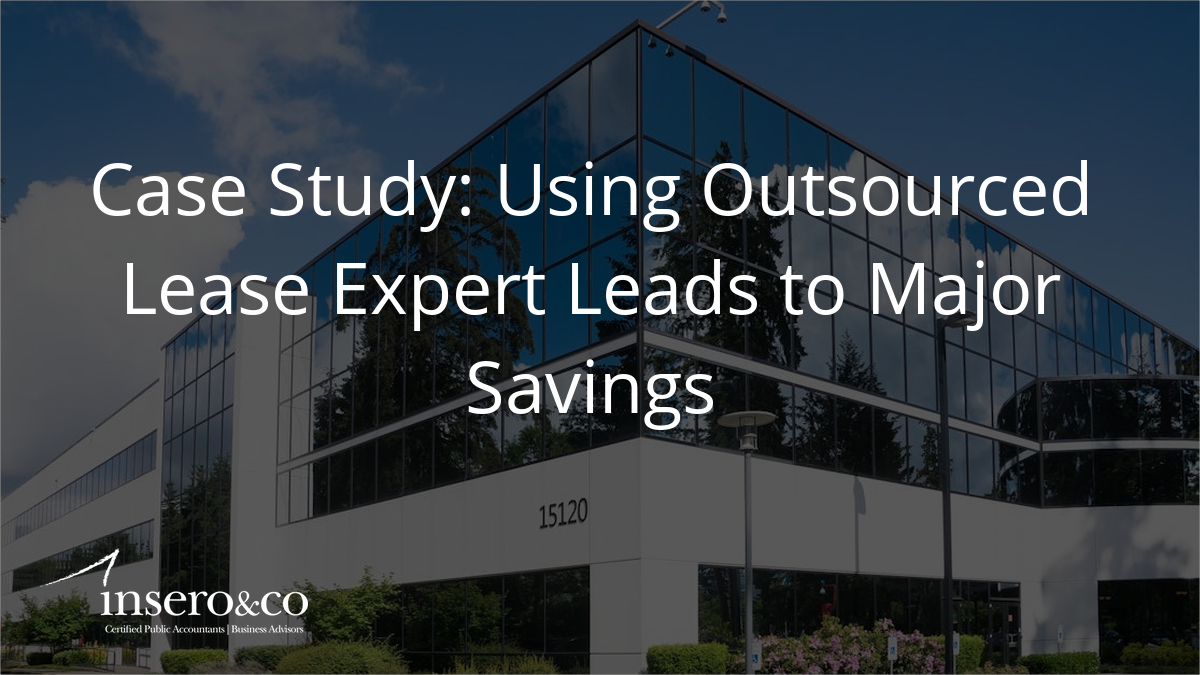A look at how small employers can benefit
Employers and retirement plan services providers have had a year to mull their options since the Setting Every Community Up for Retirement Enhancement (SECURE) Act of 2019 paved the way for the launch, in 2021, of pooled employer plans (PEPs). For small businesses, these new plans may fundamentally change the quality of and access to retirement plans. The promise of PEPs is that, by facilitating the pooling of administrative expenses among multiple employers, each employer benefits from economies of scale.
Provider enthusiasm
A company that manages the PEP is known as the pooled plan provider (PPP), and is the primary fiduciary for determining and selecting the services needed to operate the plan. The PPP also is the fiduciary plan administrator, commonly known as a 3(16) fiduciary. More than likely, the PPP will appoint an investment manager who will be responsible for the selection and monitoring of the PEP’s investments.
While some vendors have geared up to become PPPs as of January 1, 2021, others have opted not to be among the first out of the gate. Regardless of timing, enthusiasm for the PEP’s market potential among some prospective PPP vendors is strong. PPPs are expected to be launched by third-party administrators, recordkeepers, banks, insurers and investment companies.
Earlier in 2020, the Department of Labor (DOL) began seeking input on permissible service arrangements that should be exempt from “prohibited transaction” restrictions. A prohibited transaction may occur because of possible conflicts of interest, such as when one entity within a PPP configuration is able to steer business to one of its affiliates.
PPPs must register with the DOL. Publicly available registration reports will supply plan sponsors with enough critical information about the PPP to make an informed decision about whether to merge their plan with a particular PPP’s PEP.
PEP specifics
Meanwhile, defined contribution (DC) plan sponsors have plenty to think about before deciding whether to go the PEP route. PEPs, by design, keep retirement plans simple for employers by standardizing most plan features, including the investment lineup. That’s the price for keeping costs down. However, employers maintain the ability to establish their own participation eligibility requirements, vesting schedules and plan loan provisions.
PEPs aren’t subject to several constraints applicable to multiple employer plans (MEPs). For example, plan sponsors in MEPs must operate within the same industry sector or geographic location (the “commonality” requirement).
In addition, PEPs aren’t subject to the “one bad apple rule,” which provides that an entire MEP could be disqualified if one employer’s plan within the MEP umbrella violated ERISA. Under the PEP structure, a wayward plan can be booted out of the PEP without adverse legal consequences to the others.
Plan audits aren’t required if the PEP collectively has no more than 1,000 participants, and no individual employer has more than 100 employees participating in the PEP. (Traditional DC plans operating outside a PEP structure must be audited annually if they have at least 100 participants.) Finally, the PEP itself, not the individual member plan sponsor, files the annual Form 5500.
Liability considerations
Along with operating the PEP, the PPP assumes broad fiduciary liability for the way it executes that role. However, employers that adopt a DC plan within the structure of a PEP aren’t absolved of all fiduciary duty. Employers remain liable for the prudent selection of the PPP and any other person or entity named by the PPP as a fiduciary to the PEP they adopt.
Employers might also retain some fiduciary liability for the asset management of those assets attributable to their employees, “to the extent not otherwise delegated to another fiduciary by the PPP, and subject to ERISA 404(c) rules regarding participant directed accounts,” according to one legal analyst. (The DOL is expected to provide guidance on this issue.)
The jury may still be out, however, on employer liability. ERISA deals with the topic of co-fiduciary liability, meaning the circumstances in which one fiduciary is liable for fiduciary breaches of another. The SECURE Act’s PEP provisions don’t address the issue directly. Employers that adopt a PEP should consult their legal counsel about whether to secure fiduciary liability insurance.
Wait and see
The extent to which PEPs fulfill their promise of providing an affordable alternative to standard individual plan sponsorship arrangements won’t be immediately clear. It may take a while before the competitive dynamics among PPPs shakes out and PEP service reaches an equilibrium. In addition, because employers face unambiguous liability for their selection of a PPP and its PEP product, a wait-and-see approach might be the most popular option.
As always, we hope you enjoy this edition of our newsletter and we look forward to receiving your feedback. Should you have any questions regarding the information contained in the attached materials or our Employee Benefit Plan Services, please feel free to contact me directly.
Want to learn more?
Join our Employee Benefit Plan Resources group on LinkedIn for more frequent updates on recent developments and best practices and discuss related topics with your peers.




